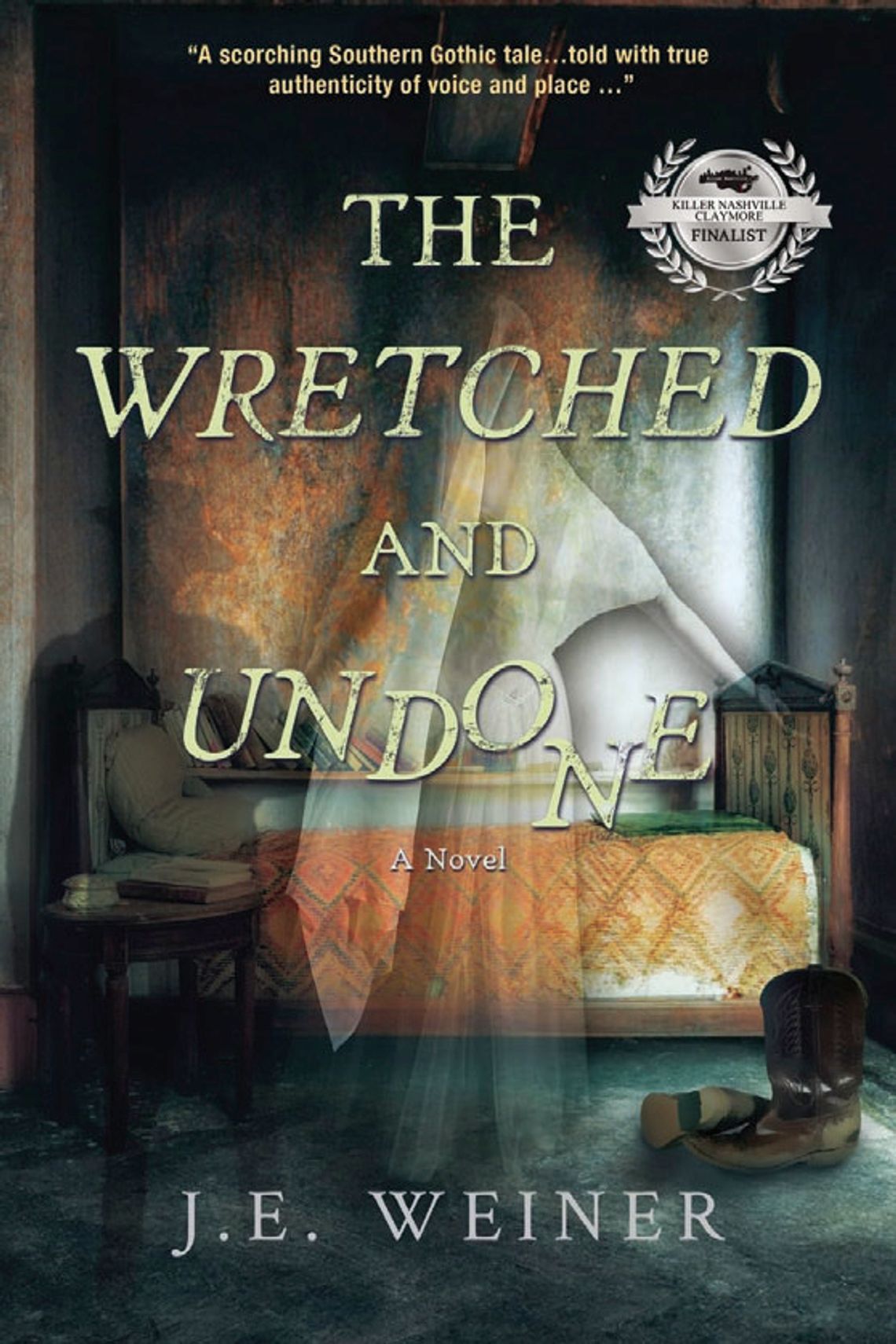The debut novel “The Wretched and Undone” is not your usual “summer beach read,” says author J.E. Weiner.
Set against the shadowed backdrop of the Civil War, this Southern tale follows the Anderwald family as they endure generations of trials and tribulations—haunted all the while by the lingering presence of Pvt. Augustus Brewer.
“I wanted to show how people were able to overcome that and rise from the ashes, how family came together and were able to move forward. That’s really the story of hope that I wanted to share here,” Weiner said.
PLEASE LOG IN FOR PREMIUM CONTENT. Our website requires visitors to log in to view the best local news.
Not yet a subscriber? Subscribe today!





.png)
